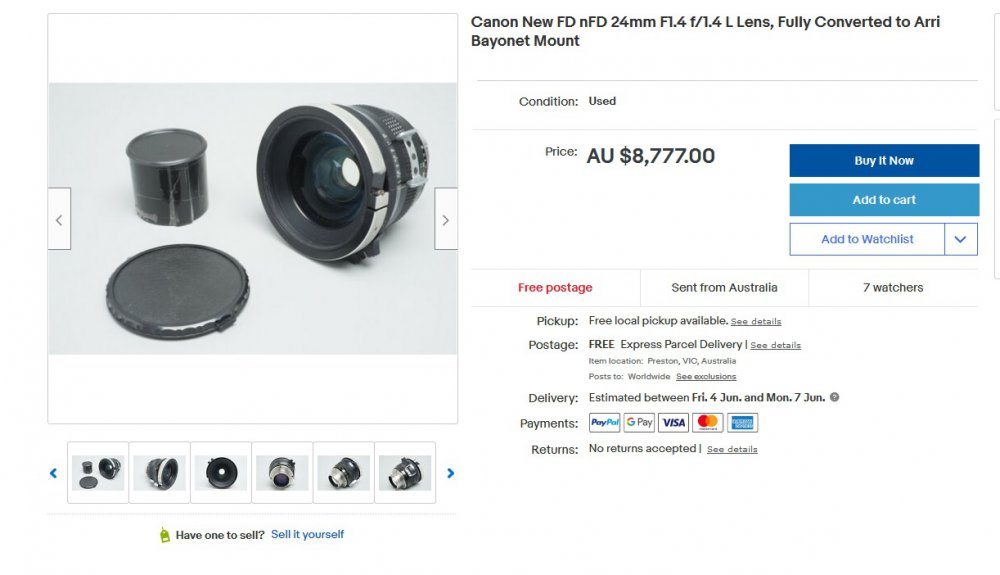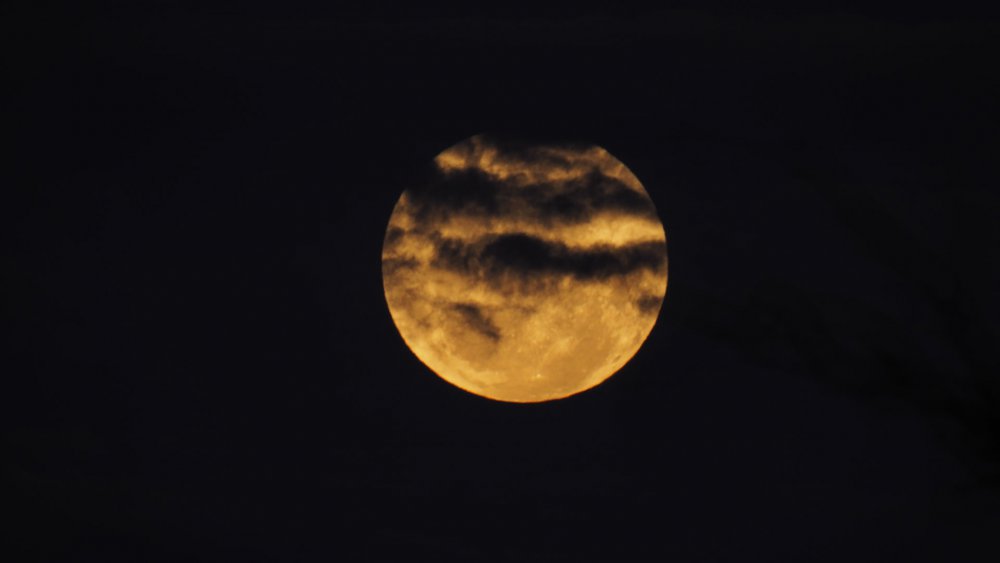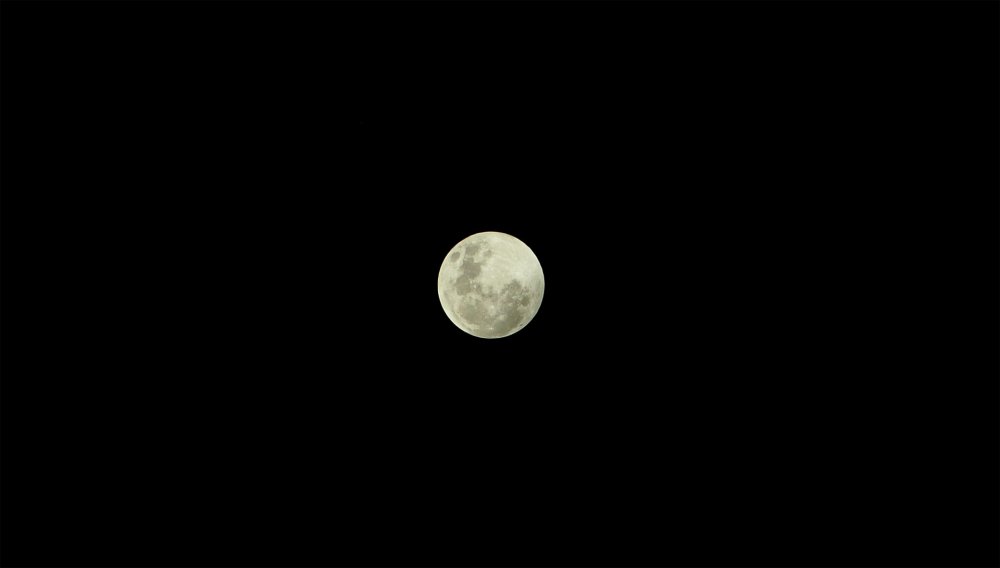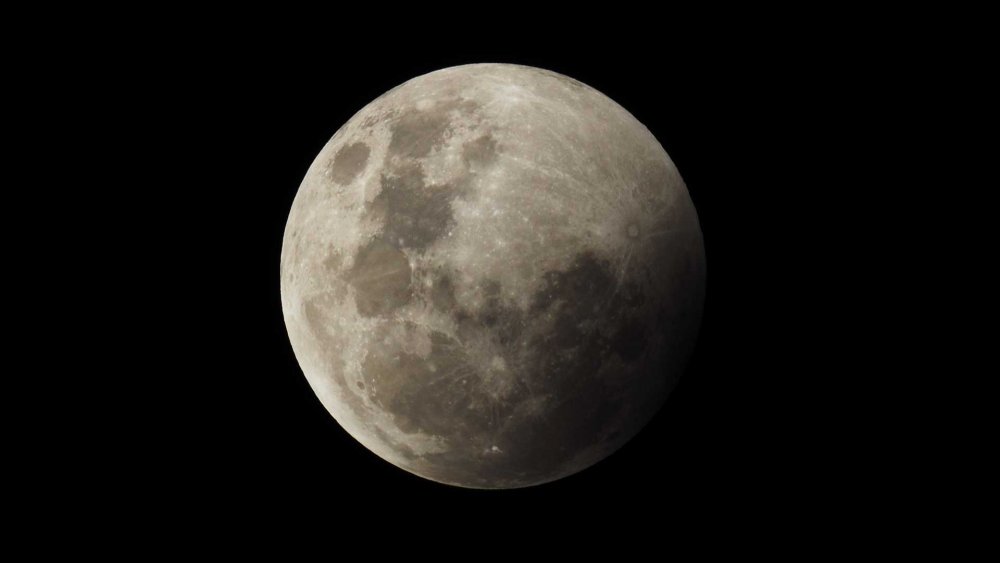Leaderboard
Popular Content
Showing content with the highest reputation on 05/28/2021 in all areas
-
The other thing about the S1H is it's overlooked by just about everybody as a photo camera. I'm not sure how it's marketed without checking, but my 99% of everything coming from everyone who is not Panasonic is that it's primarily a video tool. It's a bloody good photo camera I can tell you! I really liked the files coming out of my previous Fujis, but the raws from this are another level up. And the fact it has an optical low pass filter and therefore is supposedly less sharp, good, - results coming from most cameras and glass these days are far too sharp! I shoot mine with an 1/8th mist filter also and in post, stills get a -20% clarity reduction automatically in Lightroom. The one thing I would not mind though are a few more megapixels... If the next gen has anything around 30-40, that would be fine with me. Anything over is getting a bit too much for my needs and these 60-100mp monsters...well I can appreciate why some might like/need them, but not for me. For 95% of my work that is and for that 5% I do, tripod and hi res mode et voila.2 points
-
Gauging the reaction to the Panasonic GH6
Juank reacted to androidlad for a topic
The HDR is simultaneous dual-gain readout of each pixel, it's for stills mode only. Quad Bayer for this sensor is 2 x2 OCL for each pixel for cross-type on-chip AF.1 point -
1 point
-
a mutant tractor with iron wheels - sony a7iii video
Eric lopez reacted to mallllias for a topic
Good evening to all! A small video with a tractor with iron wheels. A conversion from, normal wheels in iron ore, so that it can enter areas with water for growing rice. A conversion that some of you may not have seen, perhaps! here is the video https://www.youtube.com/watch?v=RwRasWGSjmk1 point -
There's no such thing as technical perfection, only how well the technical choices support the content / context. It's like asking what size paint brush is the best - very different answers if you're going to paint detail on a miniature, the face on a portrait, or blast a flat colour on the side of a building. Any time someone rates a piece of equipment out of context they're substituting in their own context without mentioning it. Sadly, that context is often to brag about their equipment on the internet.1 point
-
S1H ii
PannySVHS reacted to Rinad Amir for a topic
The S1H was my weapon of choice when it came to professional work the image and DR was and still is outstanding. What id love to see in the mark ii version is internal ND or electric And bump in DR 16? Why not I care less about 8k or 10k 100%of people today watch on phones or monitors that aren't 8k.1 point -

Sony A7S III
Juank reacted to Amazeballs for a topic
I have figured it out myself: 1. Its possible with 2.0 firmware upgrade. Hurray! 2. Also possible, need to turn off HDMI display in settings1 point -
Gauging the reaction to the Panasonic GH6
andrgl reacted to Caleb Genheimer for a topic
I still don’t understand RED’s stranglehold on the RAW patent bs. Like, it’s a painfully obvious method for compressing RAW, based on already-existing open tech (even when they originally “invented” it.) What, did the lawyers tasked with contesting it a while back just do a crap job? Or does RED just have a bunch of Big Dick Energy lawyers?? It’s absurd, and I’m still baffled that the big dogs haven’t banded together to take that patent out back and toss it in the dumpster where it belongs. Everyone wants internal RAW, and the codecs exist to do it easily. That’s what I want in a GH6. If not, then at minimum, ditch the stupid HDMI and implement a pro-grade SDI connection. I’ve also been dying for someone to put a dual-gain ADC audio system into a camera, with 32bit float audio file support. The preamps can be only half-decent, and it’s still a MEGA benefit to just plain NOT HAVE TO WORRY ABOUT CLIPPING. It’s like RAW recording for audio. If it can be put in tiny body packs, it sure as heck can be implemented in a camera body.1 point -
I've been on the good ship Panasonic for 11 years now, using the GH series for my video business. Last year I got an S1 to pair with my GH5. I love the combo as an A/B setup for interviews, and for location shooting having the GH5 with the stellar Leica 8-18mm on the gimbal ready to roll. It's a small and powerful system I can put in a single backpack and the Lumix cameras have never missed a beat for me, bullet-proof in professional environments. However... after a brief flirtation with a C200 I crave built-in NDs and more video-centric ergonomics. The C200 was too heavy and large for my tastes, but the C70 is close to the perfect A camera for me. I'm very tempted. The main reason I haven't switched already is Canon don't have a bullet-proof B cam in their R series line up yet, nothing I would trust over a GH5 for the wide range of work I do (sometimes having to lock off a camera and let it run for 2 hours). I love Panasonic, I want them to keep my business, but the temptation is getting greater. It sounds silly, but a GH6 and S1H II with built-in NDs (up to at least 8 stops) would probably be enough to keep me and upgrade both cameras. I trust them to knock all the other features out the park.1 point
-
Gauging the reaction to the Panasonic GH6
Trankilstef reacted to androidlad for a topic
5720 x 4290 Completely revamped DFD AF that's on par with, and sometimes better than A7S III.1 point -
super moon / blood moon tonight. Busted out the canon 500mm mirror lens. clouds were all over the place and blocked my view of totality, still did get one nice image that i liked. Conditions permitting next time i plan on filming with the p4k as opposed to taking some stills. May even have a new / second mount which will open thing up. The peaking on the om-d mark two is really quite helpful. Quite happy with the way its working out.1 point
-
Sony A7S III – 10bit vs 8bit 4K/60p
hyalinejim reacted to Thomas S for a topic
A lot of this is due to 32bit float color space in NLEs. As long as the 8bit has enough to not have posterization the 32bit float will likely be able to fill in any gaps as the image is pushed hard. Grading is much easier for math to fill in gaps than say upscaling an image. In the case of upscaling new pixels can be averaged but averaging doesn't work for fine details like a hair. Grading however we are trying to prevent posterizing. That is done through smooth gradients. Sometimes averaging surrounding values does perfectly. For example if you have a color of value 200 and another value of 250 its easy in grading to averaging an in between value of 225 which still creates a nice smooth gradient. Where 10bit is important is making sure the shot is captured well the first time. Once you have posterization it will always be there and no 32bit float processing can magically make it go away. Visually ion the shot has no posterizing than no matter how hard it is pushed it likely never will have any or pushing the 10bit would show just as much. Thats why 32bit float was created. 10bit is a lot like 32 bit audio or 16 stops of DR that are graded down to 10 stops. We record more so we have it and can better manipulate it. Most of the shots above likely would have still looked good with 6 bits. You need a very long and complex gradient to break 8bit. It can and does happen. The more noise the camera has the less it will happen because of dithering. I think this is partially why Sony always had such a high base ISO for log. Finally 10bit never promised to have better color, more dynamic range or less compression artifacts. Thats not what bit depth does. Its all just about how many different color samples can be used across the image. The single and only real side effect is posterizing. Many computer monitors at one point were only 6 bit panels even if they claimed 8bit. Most never really noticed unless they did something like use the gradient tool in Photoshop to span a full 1920 wide image. In the case of the clear blue sky image in the article that wasn't even a difficult gradient. Most of the sky was a similar shade of blue. To break 8bit you need to create a gradient going from 0 blue to 255 blue across the full 3840 pixels for 4k video. That means there is a unique blue sample every 15 pixels if you create a gradient like that. So your sky needs to go from black on one end of the screen to bright blue on the other side. Not always realistic but you can shoot Skys around dusk and dawn that spread the values out a lot more than mid day. By comparison 10bit has a unique blue color sample every 3.75 pixels for UHD video. It doesn't even have to be something that covers the full screen. If you have a gradient over 100 pixels from 200 blue to 205 blue that still means a new blue sample every 20 pixels. Even though the screen area is very small. I develop mobile apps and when I add a gradient I run into the same problem trying to do a subtle gradient across something like a button. The gradient needs enough range to cover the area of pixels or it will look steppy. 10bit and higher is a safety net or guarantee to likely never have any kind of posterizing. In the professional world thats important and nobody wants surprises after the shoot is done.1 point







